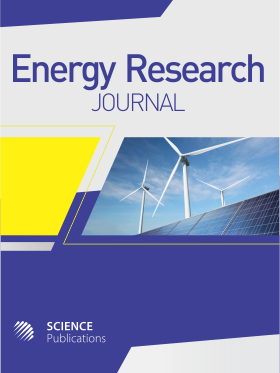A Systematic Study of the Novel Materials used in Solar Cell Technologies, Opportunities and Challenges
- 1 National Institute of Technology Tiruchirappalli, India
- 2 Shinas College of Technology, Oman
Abstract
This study aims to review the present progress of integrating the PV cell with other prominent mainstream photovoltaic cell materials. The combination of the materials in a thin film electric cell is advantageous due to the reduction within the material usage and therefore the rise in efficiency. Amorphous Silicon (α-Si), Cadmium Telluride (CdTe) and Copper Indium Gallium Selenide (CIGS) are the three major thin film solar cells technologies. The discussion mainly focuses on the environmental factors, efficiency of the energy production and limitations of the utilization of the technology. The recent progress within the third-generation cells is being reckoned as a pathway to beat the drawbacks and therefore, the concerns regarding the present solar cell technologies. Referring to this situation there are certainly more theoretical analysis than the sensible application of the third-generation solar cells. The need of low-cost, flexible, scalable and lightweight materials has certainly been the key propulsion within the development of the third-generation solar cells. The exploration of those new materials certainly holds the aptitude to enhance the device performance and stability, resulting in its commercialization within the photovoltaic field in the coming years.
DOI: https://doi.org/10.3844/erjsp.2020.28.35

- 3,193 Views
- 1,279 Downloads
- 0 Citations
Download
Keywords
- Ecosystem
- Solar Energy
- Thin Film
- Perovskites
- Sustainability
